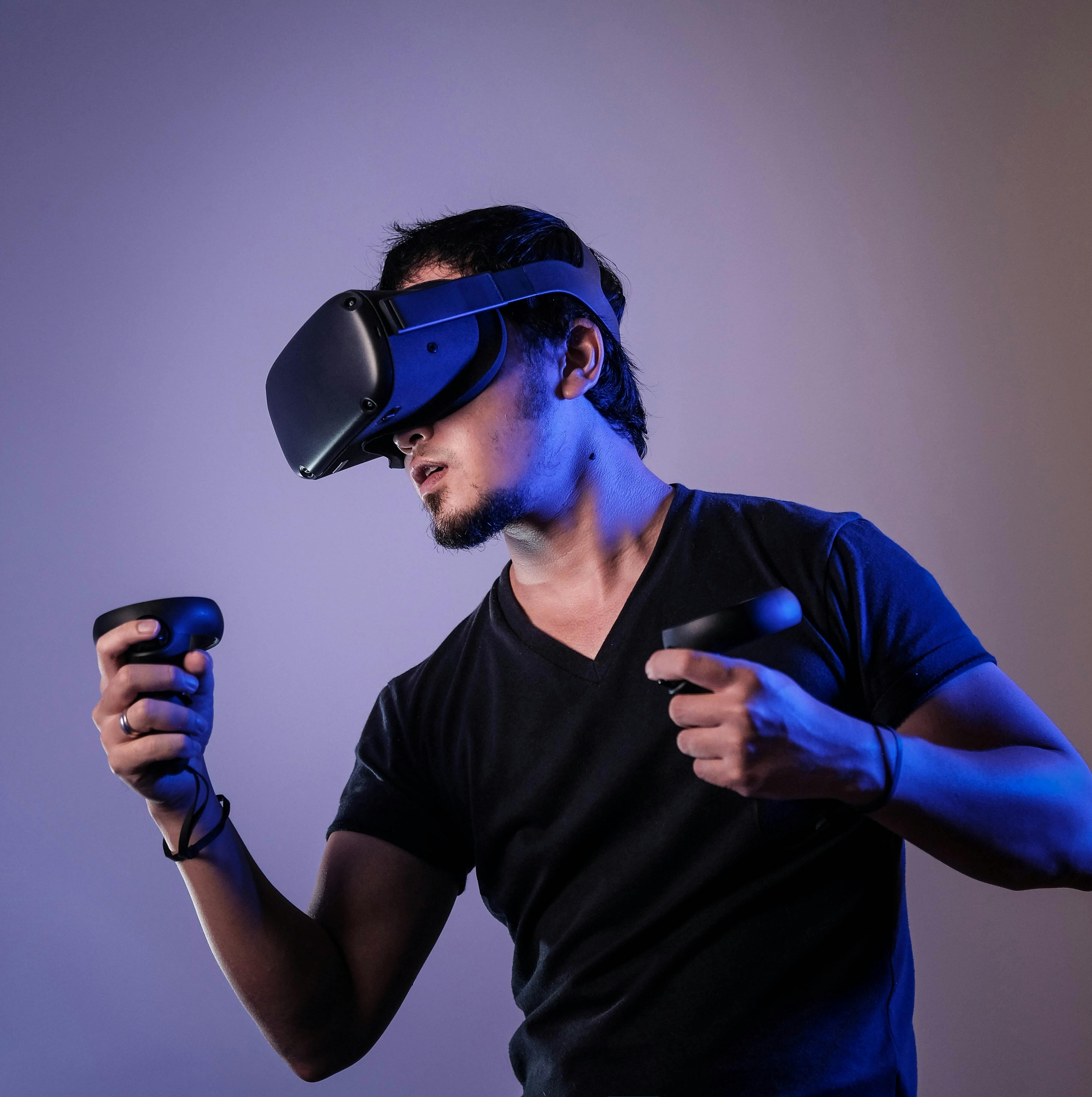A Beginner's Introduction to XR (all things Extended Reality, Virtual Reality, Augmented Reality and Augmented Virtuality): XR Terminologies
Introduction
XR stands for Extended Reality. It is the umbrella term for everything Augmented Reality (AR), Virtual Reality (VR), and Augmented Virtuality (AV). Recent times have seen an expansion in the use of XR technology.
- Immersive learning is a popular topic among educators. Students can now have a sense of presence and can be in touch with whatever subject they are learning
- In healthcare, XR has been producing massive results in the way surgical operations are being carried out. Aged persons can now be treated to simulated experience that can improve their mental and physical well-being
- Commerce has not been left behind either. It is not uncommon to see shops incorporate XR technologies into their applications. For instance, a furniture shop can have a feature on their website that allows intending buyers to preview how furniture would look in their space by making use of XR to lay furniture over the reality projected through the camera on the customer's phone.
- Perhaps the widest application of XR has been in gaming, the arts, and entertainment. Pokémon Go is a geolocation-based mobile game released in 2016 for iOS and Android devices by Niantic in collaboration with Nintendo and The Pokémon Company. It has AR features, which, when enabled, make the Pokemon creatures appear as if they are in the player's real-world location through the mobile device's camera.
This article contains basic facts about XR terminologies. The goal is to get you acquainted with AR, VR, AV and how these terms relate to each other. At the end of this article, you should be able to explain various XR terminologies and their characteristics.
Definition of Terms
Extended Reality (XR)
XR (Extended Reality) is a broad term that refers to the interplay between the real world and a computer-generated virtual world. XR, when used, refers to Augmented Reality (AR), Virtual Reality (VR) or Augmented Virtuality (AV). These terms (AR, VR and AV) refer to applications or technologies that involve a blend of the real world and a computer-generated world or a completely computer-generated world.
Virtual Reality (VR)
Virtual Reality (VR) refers to applications/ technologies that entirely replace the reality around the user with a computer-generated environment. To interact with a virtual environment, users need VR devices, the most common currently being head devices and hand controllers.

VR head devices use a technology called head-tracking, which changes the user's field of vision when a person turns their head. Hand controllers translate the user's hand and finger gestures into digital movements inside their chosen virtual world. For instance, when playing Beat Saber, a unique VR rhythm game where your goal is to slash the beats (represented by small cubes) as they are coming at you, hand gestures are translated into slashes. It is also worthy to note that recent VR systems support the ability to interact with a virtual world without hand controllers. The Meta Quest 2 (Meta Quest is a VR device) comes with native hand tracking support. The built-in headset cameras detect your hand’s natural gestures, which you can use to interact with objects and interfaces in VR.
It is important to note that "Reality" in "Virtual Reality" refers to a computer generated reality and not actual reality. VR technologies often give users a sense of presence. Modern VR technologies have moved beyond sight, sound, and haptic feedback to olfactory feedback. This means their users, with their physical noses, can smell objects in their chosen virtual environments. How crazy is that?
Augmented Reality (AR)
Augmented Reality combines both the real world and a computer-generated environment. AR technologies seek to integrate computer models or computer-generated information with the live environment captured with a movable video camera, allowing users to therefore interact with a mixed virtual and real world in a natural way.
AR technologies possess the following three characteristics:
- They combine both real world and a virtual world
- They are interactive in real time. AR technologies use implicit interaction (camera movement) and explicit interaction (hand gestures, finger gestures, head movements, e.t.c.)
- They support 3D spatial awareness.

AR devices can fall into the category of: *Holographic displays (those devices the project representations of people that you see on sci-fi movies like Star Trek and Star Wars.
- Handheld/ Smartphone based AR devices for example the iPhone X.
- AR lens (your filters on Snapchat).
Unlike VR, "Reality" in "Augmented Reality" refers to the real world since in AR the user's immediate surrounding is enhanced with objects from a virtual environment
Augmented Virtuality (AV)
Augmented Virtuality refers to the real-time representation of real-world objects in a virtual environment. AV is the other side of the coin from AR. The difference between both technologies is in user interaction. In AR, user interaction happens in the real world, but in AV, user interaction happens in a virtual environment. An example of AV is an aircraft maintenance engineer who is able to remotely visualize and control an engine in flight. The engineer interacts with the engine in a virtual environment, but the engine is operating in a physical environment. AV technologies are not popular.

Conclusion
XR is a broad term which, when used, refers to Augmented Reality (AR), Virtual Reality (VR) or Augmented Virtuality (AV). In this article, you have learnt about AR, VR and AV technologies and the differences between them. This article gives you the confidence to discuss these technologies and to use them correctly.

